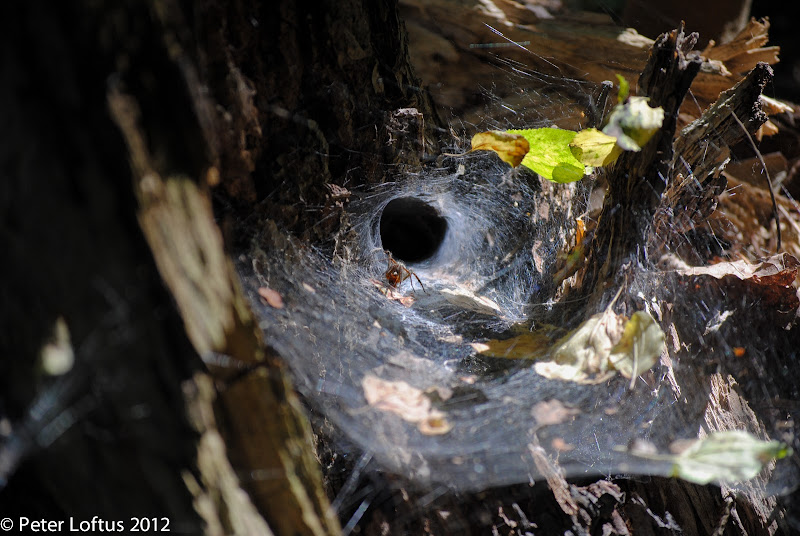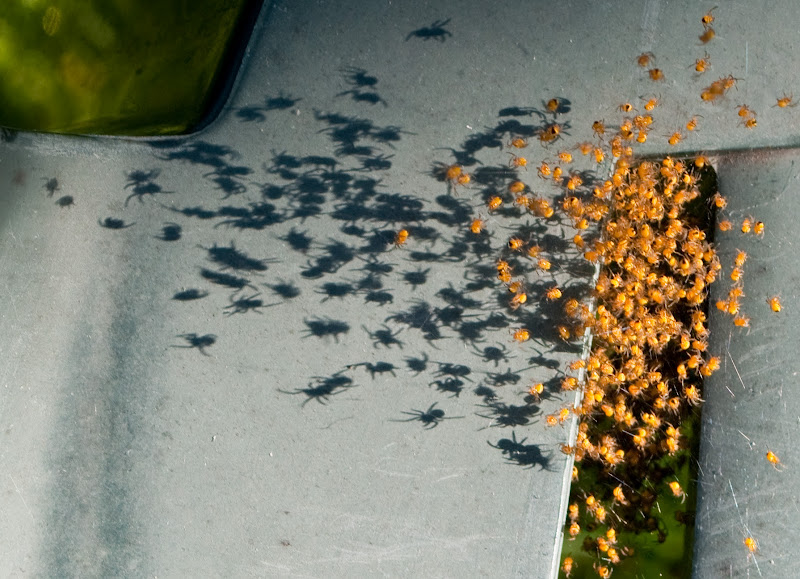So I was honored when she handed me and Ken Wachsberger her two Writing Process Blog Tour batons. I’ve never met Ken, but I’ve known him for years through the Grievance Division of the NWU, where he’s helped tens of individual writers review and negotiate their book contracts. (See Ken’s blog tour post.) Ken’s four-volume Voices from the Underground Series is a landmark collection of anti-Vietnam War underground press histories. He wrote his first ebook, Your Partner Has Breast Cancer, while a support person for his wife. His upcoming biography, Never Be Afraid: A Belgian Jew in the French Resistance, will be out by Summer 2014.
To me, this blog tour isn’t just a chance to think and write about process, but also a great way for us writers to support each other—something Katz and Ken seem to do for other writers every week. I haven’t been able to figure out who came up with this idea first, but it’s pretty nifty.
And so, on to the questions:
What am I working on?
I’m currently in the middle of a few projects. I’m in the final phases of a proposal for a middle-school-age version of Spider Silk. Once you “get” the theory of evolution by natural selection, it’s actually quite simple. But, for a variety of reasons, it’s not the easiest concept to get across. I think we did, and we’re on a mission to make it easier for kids, too, to understand. I’m also working on a proposal for a kids’ book about CPALI, a program started in Madagascar by my co-author, Catherine L. Craig. This is a different approach to conservation—the idea is that subsistence farmers living along the edge of protected areas learn to “farm” native silk worms by replanting the native trees they feed on, tending the caterpillars and moths, and then harvesting the cocoons in order to make a unique textile that is sold in developed-world markets. It’s fascinating from so many different angles, and I think it would be intriguing to a lot of kids to see a different way to use scientific training. I’m also percolating a few essay ideas—I’m always on slow (often too slow) boil.
How does my work differ from others of its genre?
I don’t know whether all my work is so different, but Spider Silk is definitely different from other books about evolution for non-biologists. I think its strength is that I, an English major, and Cay, an evolutionary biologist, worked together. Most biologists don’t realize how misguided even laypeople who totally accept evolution are about what actually happens—I knew because I realized how misguided I had been before I started working with Cay. Because silk is a protein, and because we can now link specific genes to specific silk proteins, and because there is now research showing how these different spider silks evolved from older spider silks, we could show and explain how natural selection operates at the level of genes, individuals, and species. It’s difficult to do that with any other animal because either their adaptations are too complicated to pull apart easily or because we don’t yet know the genes involved. So most evolution books tend to talk about lots of different organisms and adaptations that demonstrate different evolutionary concepts. With Spider Silk, we were able to present a “straight-line” story, all about one kind of animal, which makes the whole concept much more concrete for readers.
Why do I write what I do?
I just like putting words together and I seem incapable of imagining fictional situations. Writing nonfiction allows me to be a perpetual student. At the same time, because both evolution and not totally messing up the environment are such vitally important issues, I’ve also become much more mission-driven in my writing than I was when I was younger. I think people really need to understand this stuff, and I feel like I have an obligation to help out. Fundamentally, though, my motives are selfish—I just find most of this material fascinating, often surprising, and, not infrequently, even weirdly amusing.
How does my writing process work?
My history is that my interests are all over the place, I’m a magpie for odd facts, and then I sometimes see connections that I haven’t heard made before. I once got a whole essay out of the fact that monkeys can swim but apes can’t. I wrote an op-ed explaining why creationists should refuse cancer drugs. Once I get these ideas, I get overexcited and flail around for a while, and then I revel in the challenge of figuring out how the pieces can fit together so that I can convince other people that this idea is worth paying attention to. I tend to write long—too long—and then shave and shave and shave words and sentences away. I wish I were more systematic in my approach, and I’m trying to work on it, but it doesn’t seem to happen that way yet.
Here’s the handoff:
Barbara Beckwith is another fellow Boston Chapter member I’ve known for yonks. It would be impossible to count the number of writers she’s helped one way or another. She is a consummate essay writer, and I always walk away from conversations with her and from her writing thinking about something new. Her articles and essays have been published in a range of periodicals, from feminist and other progressive publications to periodicals such as The New York Times, Boston Globe, Christian Science Monitor, Smithsonian, and New Age, and in anthologies such as Seasons of Adventure (Seal Press) and Whatever It Takes: Women on Women’s Sport (FSG), and now online. She is now focusing on personal essays reflecting on everyday racism (including her own). What Was I Thinking? Reflecting on Everyday Racism (vols. 1 and 2) is available from www.cddbooks.com.
Adina Schecter was the amazing assistant teacher in my older daughter’s fifth/sixth grade class. It’s rare to see a teacher so young who is both loved by the kids and also so skilled. I had no idea Adina wrote. Last year, though, I found out by accident that she had been dealing with breast cancer (something she, Ken, and I have in common)—AND that she had started a blog, Healing Adina, in order to keep her many friends up to date but also to document and process her experience. Brilliant. Brilliant. Brilliant. And stunningly good writing. Read More



